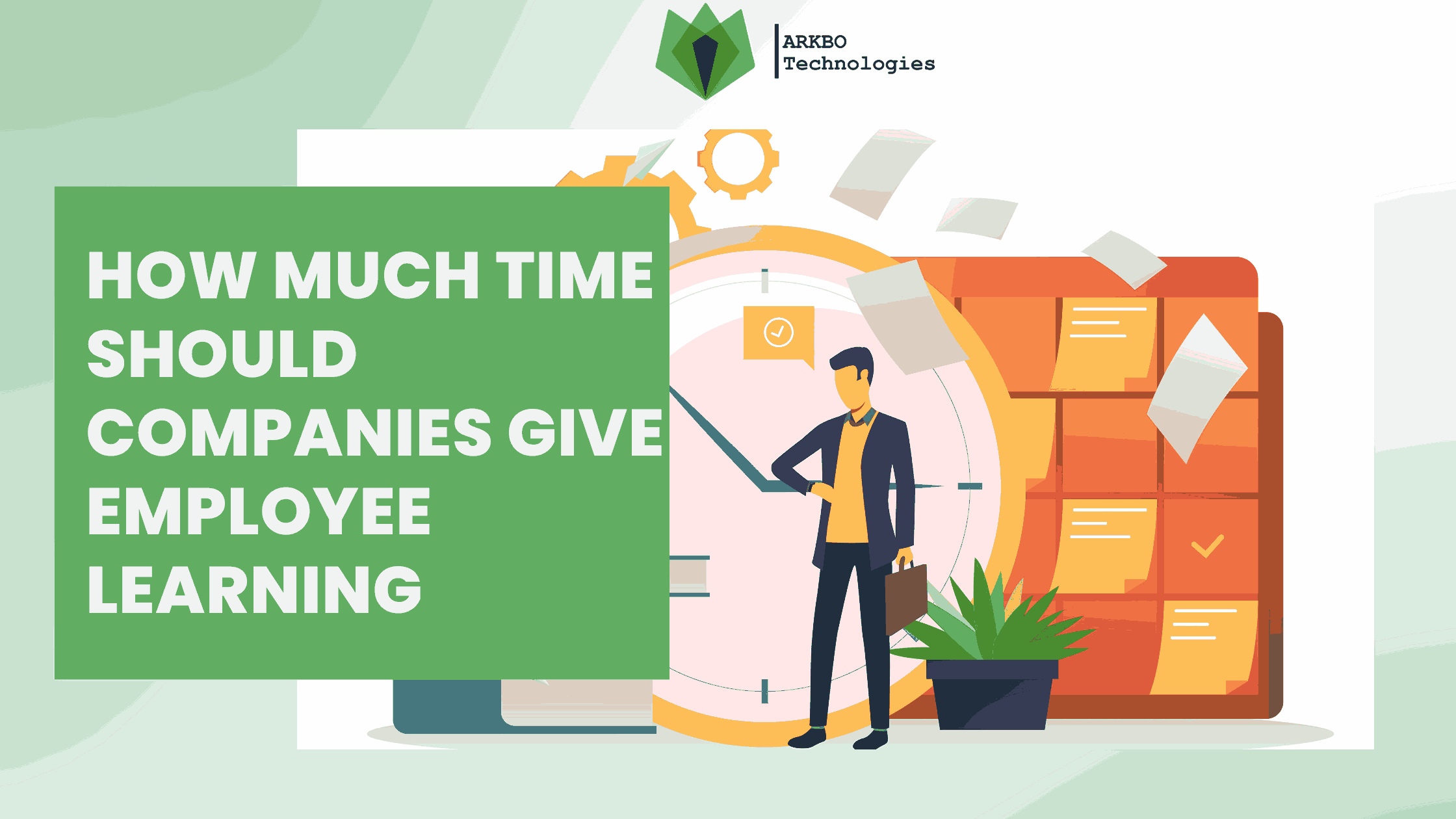
How Much Time Should Companies Give for Training and Learning?
Employee upskilling is no longer optional; it is essential for staying competitive and keeping employees engaged. Numerous organizations are including employee training and learning. But there exists a challenge. When and how much time do you give your people to learn without slowing down daily work or missing deadlines? Let’s explore practical ways to make learning part of the workday while keeping productivity high.
Why Allocating Learning Time Matters?
If you are wondering whether dedicating time to learning is worth it, the numbers speak clearly.
According to LinkedIn’s 2023 Workplace Learning Report, 94% of employees state that they would stay at a company longer if the company invests in their career development.
Companies that emphasize learning and development enjoy 24% higher profit margins (Association for Talent Development (ATD)).
Deloitte research shows that the half-life of skills is just 2.5 years. That means almost half of what your employees know today could be outdated within three years.
Learning time is not a waste; it is an investment that helps your team grow and keeps your company competitive. Without it, employees lose interest, more people leave, and the business falls behind.
There is no fixed answer to how much time can be allocated for employee training. However, Organizations can dedicate 5 to 10 days per employee, making roughly 40 to 80 hours annually. This is enough time to build meaningful skills. What about productivity? For that, you would need to consider situations:
If you set aside strict “training hours,” employees may see it as a chore and rush through it.
If you leave learning to “free time,” urgent tasks will always win out, and training gets pushed aside.
If you overload employees with both work and training, burnout becomes a real risk.
So how do you protect productivity and ensure learning time is well spent? The answer lies not just in how much time you give, but in how learning is designed and delivered.

Here is a framework organizations can adopt:
A Learning Management System (LMS) helps organizations to create flexible and personalized learning experiences. Further, employees can access short, targeted modules at their convenience. They can easily integrate microlearning sessions of 10 to 15 minutes into their schedules without compromising productivity.
Why ARKBO LMS is an Ideal LMS for organizations in Nepal?
There are many LMS platforms available, but ARKBO LMS stands out as an ideal LMS in Nepal for corporate organizations. With this learning and training platform, you can offer training or assign courses based on your employees' preferred learning paths, competencies, and career goals.
Considering the spectrum of learners, ARKBO LMS also supports inclusive and diverse learning opportunities, which strengthen engagement and retention. With learning made so practical and easy, it indirectly reduces the risk of a toxic workplace culture. Thanks to these advantages, ARKBO LMS is one of the most considered best learning platforms for banks and financial institutions.
Organizations can aim for five to ten days per year (40 to 80 hours) for structured learning for employees. However, the exact amount of time for learning depends on the industry type and the needs of the workforce.
Moreover, employee training and learning are not all about allocating time, giving structure, tools, and support. An LMS makes this possible by turning hours into outcomes. Not just that, but it helps employees fit learning into their schedules, while providing employers with visibility into the return on investment.
If you are ready to give your teams the time they need to learn without compromising on productivity, you can pair the allocated learning hours with a powerful LMS, like ARKBO LMS.
Thinking of introducing ARKBO LMS in your organization? Feel free to book a demo today.
Read More: Complete Guide to Learning Management System